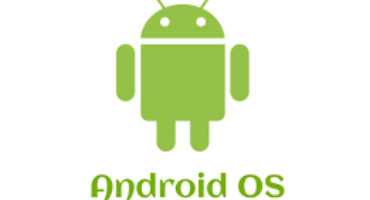Here is a brief overview of each:
User-friendly interface: Android mobile computer devices have a more user-friendly interface compared to Windows PDAs, which can make it easier for employees to navigate and use the device.
Greater app availability: The availability of apps on Android is greater compared to Windows PDAs. This can allow businesses to find and implement the right apps to meet their specific needs.
More affordable: Android mobile computers can be more affordable than Windows PDAs, which can be a cost-effective solution for businesses, especially those with large workforces.
Better security: Android has made significant improvements in security over the years, with regular security patches and updates. This can help ensure that business data is protected.
Customization: Android computer devices offer more customization options compared to Windows PDAs, which can help businesses tailor the device to their specific needs.
So migrating to Android mobile computers can provide a more cost-effective, user-friendly, and secure solution for businesses compared to Windows PDAs.
Android is a mobile operating system developed by Google. It is designed primarily for smartphones and tablets but is also used in other devices such as smartwatches, smart TVs, and mobile computers.
Android operating system is based on the Linux kernel and is open-source, which means that the source code is freely available to the public. This allows developers to customize and modify the operating system to fit their specific needs.
Android features a user-friendly interface and supports a vast range of applications that can be downloaded from the Google Play Store. It also has built-in support for features such as voice commands, notifications, and multi-tasking.
The Android operating system is constantly evolving, with new versions being released regularly. These updates often include new features, performance improvements, and security updates to help protect users from potential threats.
Android 9.0 (Pie), Android 10, and Android 11 are all versions of the Android operating system that have been released by Google in recent years. Here is a brief overview of each:
Android 9.0 (Pie): Released in August 2018, Android 9.0 introduced several new features such as gesture-based navigation, adaptive battery, and an improved Do Not Disturb mode. It also introduced Digital Wellbeing, a feature designed to help users better manage their screen time and reduce distractions.
Android 10: Released in September 2019, Android 10 introduced several new features such as a system-wide dark mode, improved privacy controls, and support for foldable devices. It also introduced a new gesture-based navigation system that made it easier to navigate the device with one hand.
Android 11: Released in September 2020, Android 11 introduced several new features such as built-in screen recording, a dedicated space for messaging notifications, and improved support for 5G networks. It also introduced a new power menu that made it easier to control smart home devices and added more privacy controls.
Each version of Android builds upon the previous one, with new features and improvements added with each release. The latest version, Android 11, is currently the most up-to-date version of the operating system.
the latest stable version of the Android operating system was Android 12, which was released in October 2021. However, it's possible that newer versions have been released since then. Google generally releases new versions of Android annually, with each new version typically including new features, performance improvements, and security updates.





